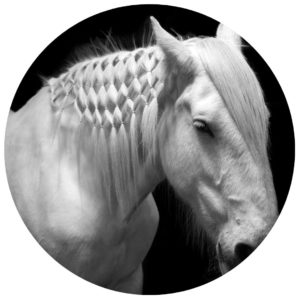No products in the cart.

Everything you wanted to know about the academics of the Elder Futhark Runes.

Explore the historical aspects of European Paganism through academic research.

We can build a solid foundation from which to grow.

Light a candle and take an ethnographic journey into Witchcraft myth & lore.

